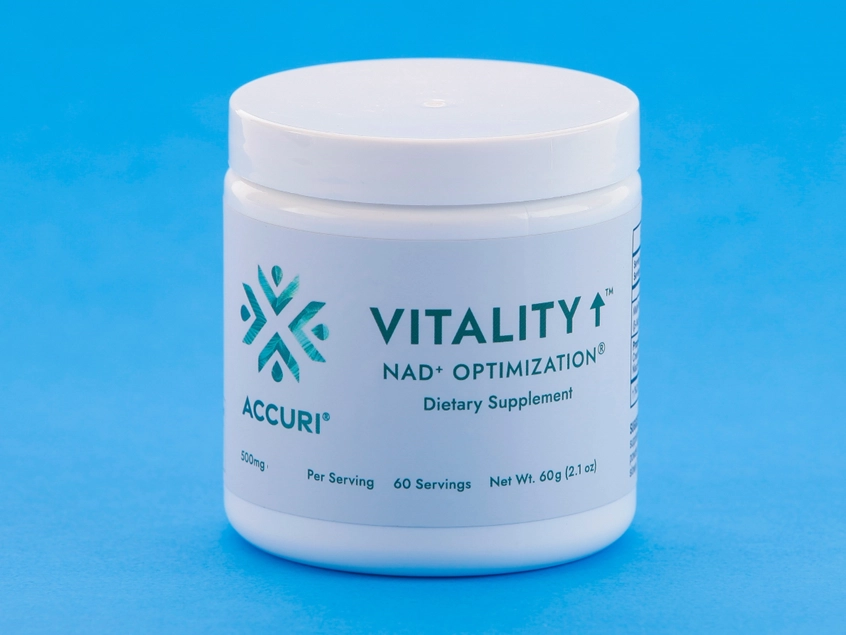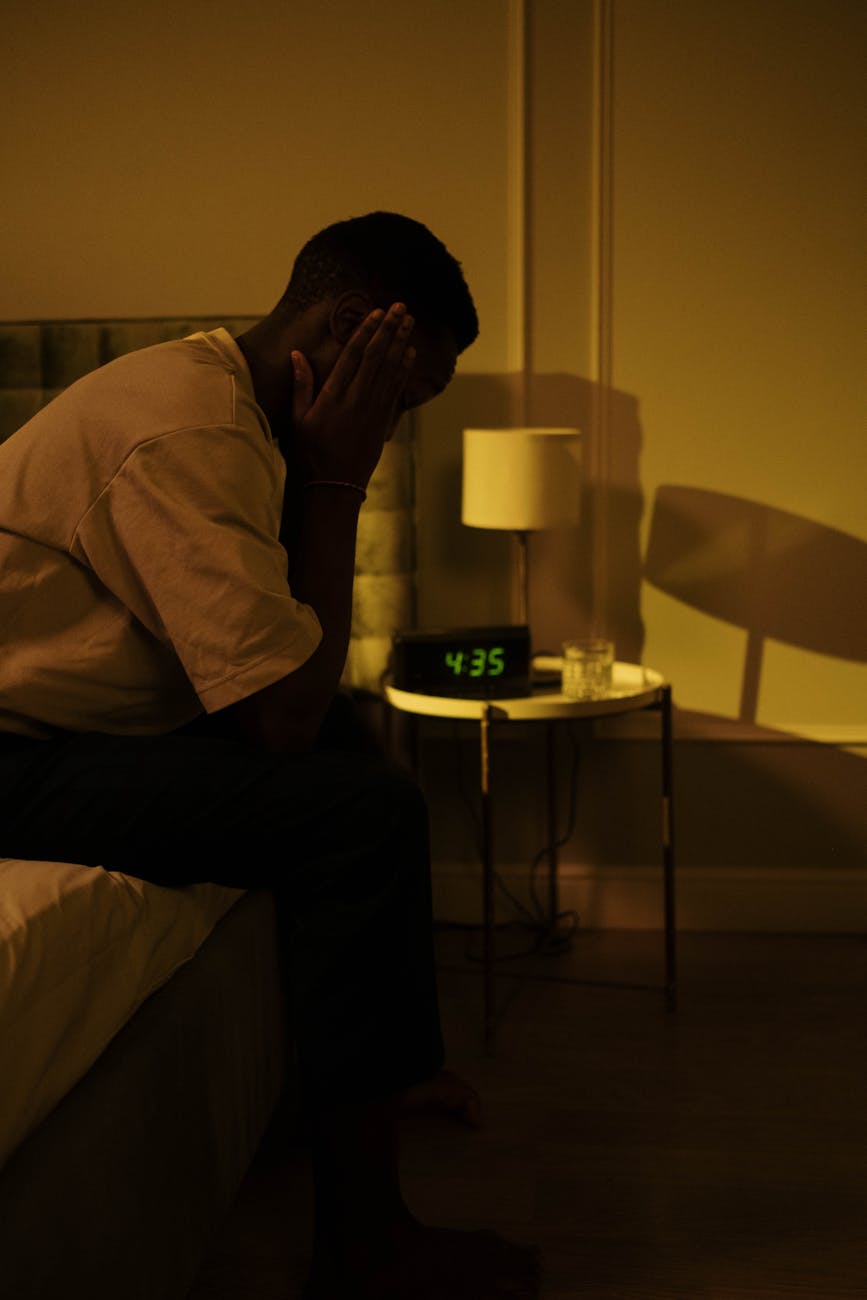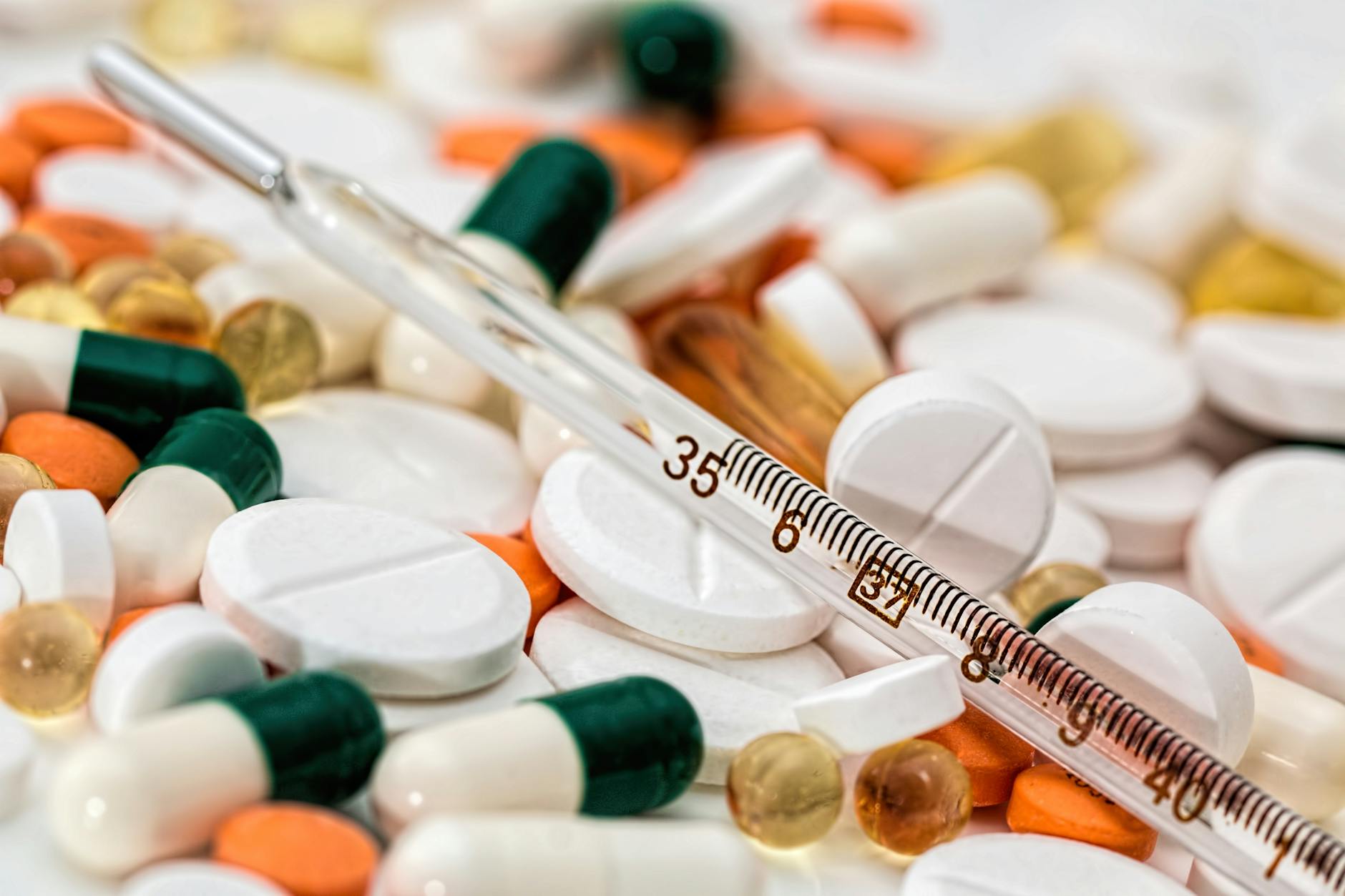NAD+ overcomes insulin resistance without disastrous side effects
Social media is burning up with images of celebrities who’ve dropped significant tonnage, but are mute about their methods. This is an odd phenomenon, given the characteristic eagerness of this class to publicly pledge their allegiance to the newest fad, no matter how bizarre that craze might seem to the average person on the street. Yet, at each exhibition of luminary lipid loss, the same word is uttered in hushed whispers: Ozempic.
And we have to wonder, why the muted tones? If Ozempic is a miracle weight-loss drug, shouldn’t we be shouting about it from the rooftops? Turns out there are ample reasons to be wary, and even more reasons to choose a particular safe and effective alternative: the natural coenzyme NAD.
Step 1: Design a catchy ad campaign
Want to charge $1,200 a month for an injection whose benefits are decidedly short-term, and which puts patients at risk for numerous painful, debilitating side-effects, as well as a dispiriting rebound of the conditions they sought to alleviate in the first place? Then you must, must, must pick a catchy, long-forgotten pop song from the 1970s, whose original lyrics were all about the wondrous state of being in love.
Now you’ve got “Oh-oh-oh-Ozempic!” subliminally telling viewers of ubiquitous pharma commercials that “It’s magic.” Fossils of my era will remember the Scottish band Pilot cautioning listeners, “Never believe it’s not so!” But should we believe the advertising hype around Ozempic? Many sources, including those in the health and fitness sphere outside of Big Pharma, are telling us “No.”
What is Ozempic and why should I be skeptical?
According to the website Health.com, Ozempic a semaglutide, a “synthetic version of a human hormone called glucagon-like peptide one, or GLP-1.” Humans secrete GLP-1 when food reaches our gut. It tells our brain that we’re full and tells our pancreas to get off the schneid and produce some insulin, the hormone that signals our cells to open wide and receive blood glucose. When all works well, GLP-1 ensures that we don’t gorge ourselves and that the vacuoles of our cells widen, taking in glucose to convert to energy. This latter process also lowers our blood glucose levels, sparing us the consequences of diabetically high blood sugar.
People with type II diabetes either don’t produce enough insulin or suffer from extreme insulin resistance, so that while their insulin’s a knockin’, their vacuoles are sayin’ “Don’t come in.” (This is a problem with cell-signaling, one of the many cellular functions that depend heavily on the co-enzyme nicotinamide adenine dinucleotide, or NAD.)
Ozempic is designed to increase insulin production for type II diabetics who have had trouble getting their blood sugar under control with other methods. Ozempic is delivered via twice-monthly injections, at a cost of about $1,200 per month. Health.com tells us, “After injection, semaglutide increases insulin production and lowers blood sugar. This causes the stomach to empty more slowly, reduces appetite, and makes people feel full.” So, it should come as no surprise that Ozempic has delivered another sought-after benefit: weight loss.
Is the bonus benefit just a dangerous illusion?
The Ozempic bonus has led overweight people, especially celebrities who can afford the high price tag, to request the drug for weight loss, a use for which the FDA has not approved it. Yet, doctors seem willing to prescribe Ozempic for off-label use, a practice that is often controversial if not illegal. In fairness to these doctors, we should note that another semaglutide prescription, Wegovy, has FDA approval as a weight-loss drug. But should either of these synthetic hormone drugs be used for this purpose?
This lady in a lab coat says no. And we must listen, because she is appropriately dressed. (Also note that she’s an MD, not an actress.)
Thank you, Dr. Annette Bosworth.
A litany of side-effects, some of which are deadly
If you’ve seen an O-O-O-Ozempic commercial, you’ve heard the recitation of side effects, which range from unpleasant to deadly. The mild variety includes:
- Fatigue
- Dizziness or vertigo
- Discomfort and/or skin discoloration around the injection site
- Increased heart rate
- Changes in perception of taste
- Digestive problems, such as belly pain, constipation, diarrhea, flatulence, burping, nausea, and vomiting
Ozempic patients have also started reporting hair loss.
The more serious side effects include:
- Kidney problems, such as kidney failure
- Low blood sugar
- Pancreatitis
- Gallbladder disease, such as cholecystitis or gallstones
- Thyroid cancer
- Allergic reactions
All of these are potentially fatal.
After reading these lists, the reasonable reader might wonder, “At what point do the risks outweigh the possible benefits?” For people who cannot control their diabetes, the disease is eventually fatal. Other messy consequences include blindness and amputation of extremities. So, a roll of the dice with Ozempic might be in order.
Alternatives to a potentially deadly roll of the dice?
However, most people with type II diabetes can control their sugar through dietary and lifestyle modification. These changes are generally not easy, which is why many so people are open to taking a magic shot, courtesy of our consistently trustworthy friends at Big Pharma. This mindset, which seems to be the basis for Ozempic’s marketing strategy, has really rankled celebrity trainer Jillian Michaels, who has voiced her concerns about Ozempic to Megyn Kelly (video below) and Bill Maher.
As Ms. Michaels explain, Ozempic treatment is necessarily short. And for many patients, the benefits sunset early, as their weight loss plateaus and the pounds rebound. Unfortunately, the side-effects seem to linger well beyond patients’ use of the drug. Another reason for concern is the psychological effect Ozempic seems to have on type II diabetics, who should maintain a strict exercise regimen. According to a report from MSN, Ozempic seems to discourage overweight people from working out.
Is NAD+ optimization a better way to manage insulin resistance?
Dr. Jin-Xiong She is a prominent microbiologist who has spent a significant portion of his career studying the relationship between cellular functions and age-related/metabolic diseases, including type II diabetes. The precursor to type II diabetes is the condition we call insulin resistance, where the cells do not respond to the insulin’s signal. This forces the pancreas to produce more insulin, eventually exhausting itself. When the body no longer produces its own insulin, a patient must take insulin orally or via injection. For people in a prediabetic state, insulin resistance causes stubborn weight gain, along with ancillary health problems.
Dr. She has studied the role of NAD in cellular functions, and in this short video, he explains four key benefits of NAD as they pertain to normal insulin sensitivity.
Unfortunately, people lose NAD due to age, stress, and lifestyle choices, such as a poor diet, smoking, alcohol consumption, and a sedentary lifestyle. This can turn insulin sensitivity into insulin resistance. The good news is that replenishing lost NAD can return the system to healthy homeostasis. Replacing lost NAD is tricky, but Dr. She has developed a highly effective supplement he calls Vitality Boost.
NAD optimization: a safe, natural path to better health
One of the great benefits of Vitality Boost is the increased energy one feels after just a few days of using the product. This can empower an overweight person with insulin resistance or type II diabetes to hit the gym and get the natural health benefits of exercise. Many people have been able to reverse type II diabetes and return to good health through dietary and lifestyle modifications. Supplementing to achieve NAD optimization makes the process easier, so more patients should be able to improve their health for the long term.
Importantly, NAD is a natural compound, not a synthetic, so there’s no list of horrendous side effects. I’ve written in this column about the numerous health benefits I’ve experienced with Vitality Boost. It’s precisely because of those health benefits that I asked Dr. She to make me an affiliate marketer for his company Jinfiniti Precision Medicine.
If you are struggling with insulin resistance or type II diabetes, I urge you to try this amazing product. Ask your doctor which is more likely to help you: the all-natural compound that’s an essential cofactor for virtually every cellular function, or the synthetic hormone with the catchy jingle, a monthly cost equal to your mortgage, and a list of side effects the length of the King James Bible.
O-O-O-I think I know what they’ll say.
Great news: Get started with NAD for only $28!

Vitality Boost has never been more cost-effective than now, because Dr. She is offering an introductory, one-month supply for only $28 dollars with a monthly subscription. That’s a savings of 76 percent, and you can cancel the subscription any time, if you’re not thrilled with the results. Just follow this link: Start for $28!
Disclaimer: The column may contain affiliate links, which help support the website. When you clink on an affiliate link and make a purchase, the website receives a small commission at no additional charge to you. Thank you for your support.





Recent Comments